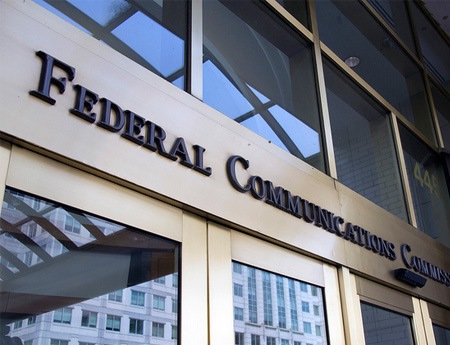Spectrum Reverse Auction Restarts Nov. 1

The third stage of the reverse portion of the FCC's broadcast incentive auction will begin Nov. 1 at a 108 MHz clearing target.
The auction was actually designed for multiple stages to let the marketplace decide, as it were, the price at which that spectrum would change hands. But as the spectrum target declines, broadcasters are starting to wonder just how big a spectrum crisis there was for the wireless companies bidding in the auction.
Bidding will start with one, four-our round on Nov. 1 (10 a.m. to 2 p.m.), increase to two, two-hour, rounds from Nov. 2 to Friday. Nov. 5, then increase again to three, one-hour rounds (10-11 a.m., 1-2 p.m. and 4-5 p.m. on Monday, Nov, 7 and until further notice. There will be no bidding, if the bidding is still going on, on Friday, Nov. 11 (Veterans Day).
The FCC will start again at a $900-times multiple to set the opening price. That $900 multiplier signals that there was at least one station frozen at the opening bid price in the first round that remained frozen in the second round and is now "unfrozen," meaning the FCC no longer has to have them to make the repack work given that there will be more room to repack stations at the lower clearing target.
The FCC calculates its offering price by multiplying a figure--in this case $900--by a "volume" factor combining a station's interference-free population and the impact of its absense on repacking other stations after the auction.
The higher that "volume," the tougher it is to repack after the auction, and thus the more valuable it is to the FCC to reclaim.
The most spectrum in any market is now eight, paired blocks (5 MHz for uplink, five for downlink in wireless parlance). It was 10 MHz of paired blocks in stage one, reduced to 9 in stage two.
The smarter way to stay on top of the multichannel video marketplace. Sign up below.
There are only four impaired Category 1 blocks, one in Los Angeles, one in Casa Grande. Ariz,, and two in Pecos, Tex. An impaired Category 1 spectrum block is one with interference affecting more than zero but less than 15% of the geographic area. There are only two Category 2 blocks, both in Eagle Pass, Tex., which means interference to between 15% and 50% of a geographic area.
The reason for those impaired blocks is that the U.S. has committed to protecting Mexican TV channels below ch. 37 (Mexico has agreed to clear the 600 MHz band from Ch. 51 to Ch. 37, but the 108 MHz target still needs channels down to 32, so Mexican stations between 32 and 37 create interference in those blocks.
In the first two stages of the auction, forward auction bidders came nowhere near covering the clearing price at which TV stations were willing to give up 126 MHz and then 114 MHz of spectrum.
The first broadcaster clearing price was about $86 billion—the FCC set the prices high to attract those broadcasters. The second was about $55 billion. Forward auction bidders offered about $22 billion, then stuck with that price in the second stage of the forward auction, which lasted only one round.
The less spectrum the FCC reclaims, the fewer TV stations will get the big paydays many were hoping for. The FCC has 11 different spectrum targets. If the forward auction bidders don't cover the stage 3 price, the next target is 84 MHz, which some see as the potential equilibrium point between broadcasters' asks and forward bidders' offers.
Contributing editor John Eggerton has been an editor and/or writer on media regulation, legislation and policy for over four decades, including covering the FCC, FTC, Congress, the major media trade associations, and the federal courts. In addition to Multichannel News and Broadcasting + Cable, his work has appeared in Radio World, TV Technology, TV Fax, This Week in Consumer Electronics, Variety and the Encyclopedia Britannica.

